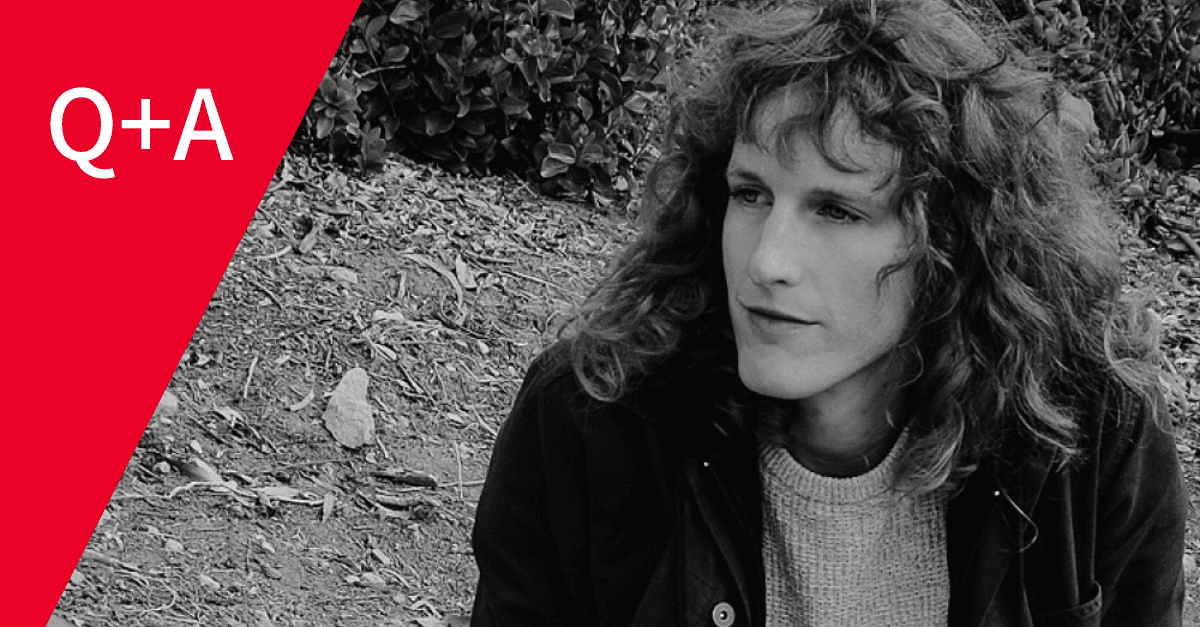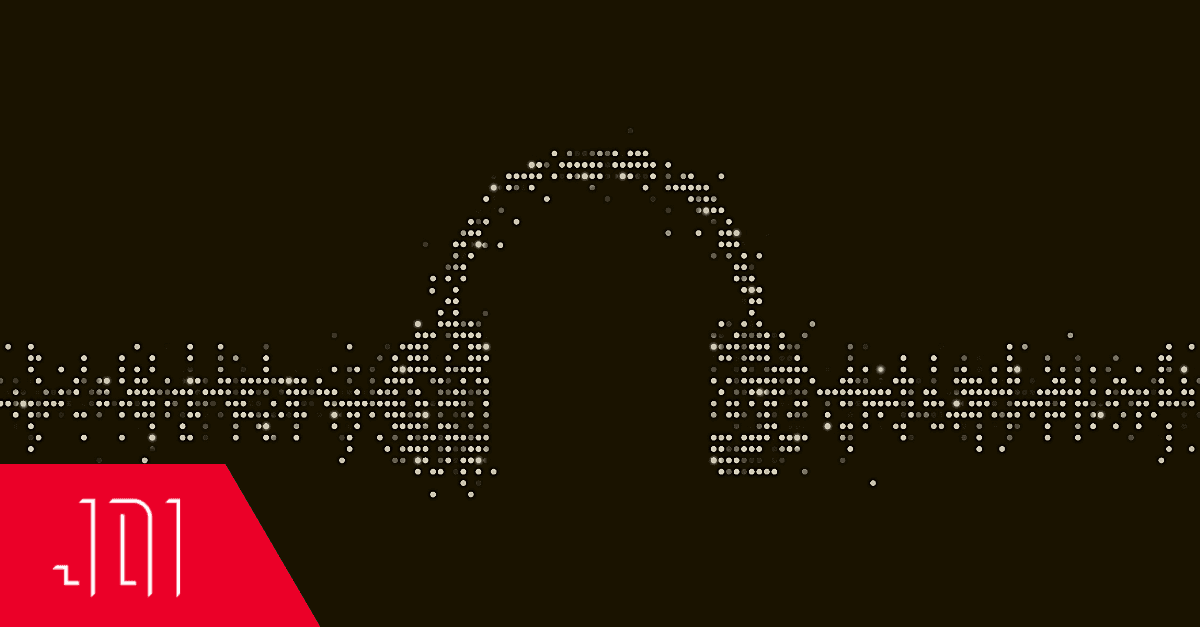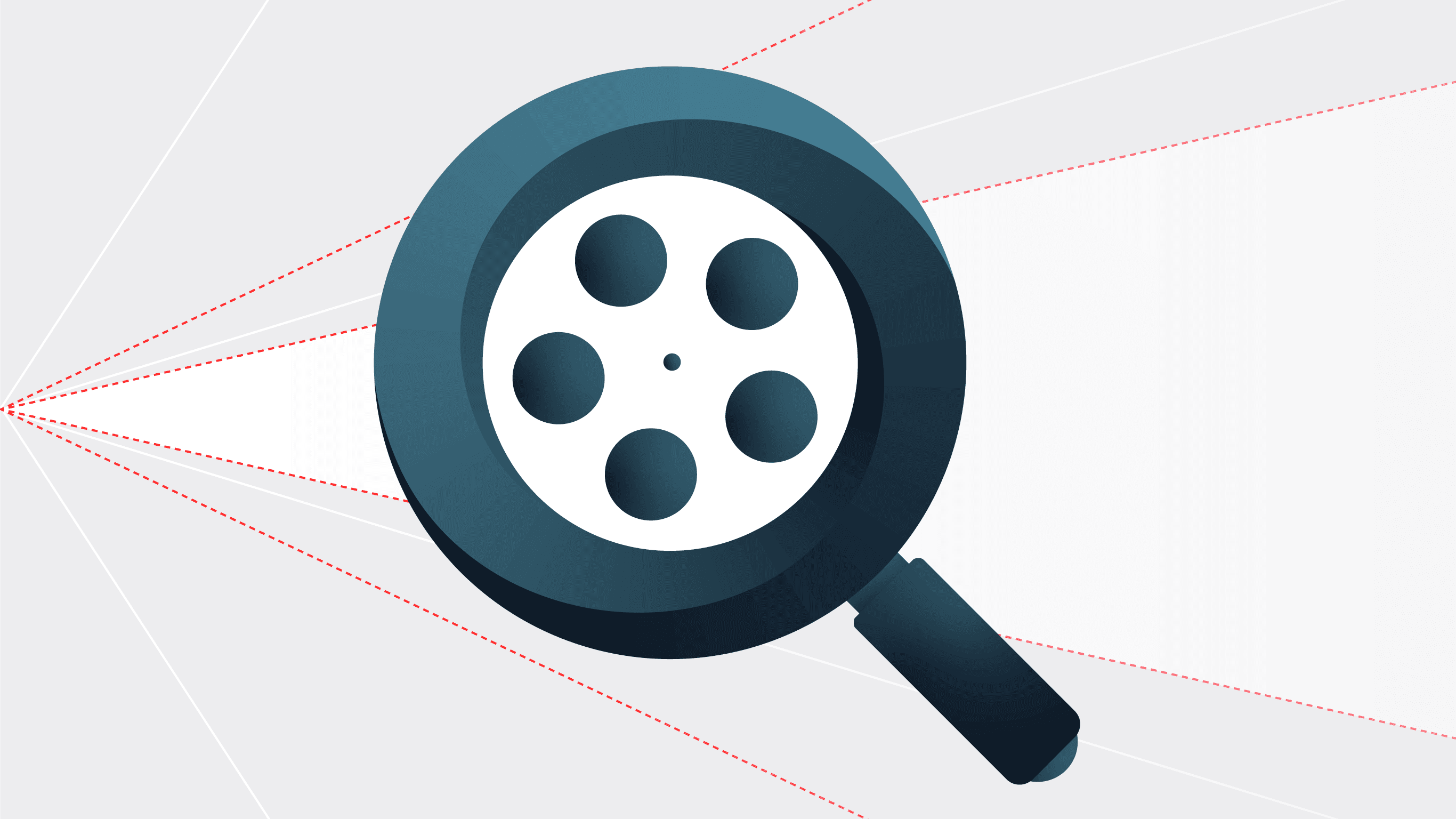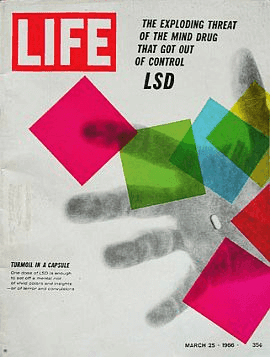Q&A with Mare Hirsch
Tell us about yourself — what is your background in and how did you end up in your current position?
I began my creative journey studying music (a bachelor of music in guitar performance at Lawrence University’s Conservatory of Music followed by a masters in music composition at Rice University). During this time, my definition of music expanded as I integrated more elements into the work I was creating. I began doing work in film/video, collaborated with dance companies, and, by the time I was finishing at Rice, I was primarily focused on installation art that featured audiovisual components as well as robotics and sculpture (sometimes referred to as ‘mechatronic art’). With this expanded scope of my creative practice, I went on to get my PhD in Media Arts & Technology at the University of California Santa Barbara.
In Santa Barbara, as a part of the Expressive Computation Lab under Dr. Jennifer Jacobs, I worked in a field called ‘computational fabrication’. I developed new software and hardware tools that supported creative and interactive approaches to controlling digital fabrication machines, such as CNC mills and 3D printers. While computational fabrication was the focal point of my dissertation, I still maintained a very active creative practice in other domains of art. In particular, I had the wonderful opportunity to collaborate with a diverse array of scientists to create data-driven art. Data-driven art, which is now the primary mode of my creative practice, includes pieces that visualize wildebeest migration data and audio recordings from BLM protests, as well as creative applications of machine learning.
Tell us about the artist residency program at Fermilab: what are the goals of the program and what projects are you working on?
The artist residency program at Fermilab is a fantastic opportunity to explore the ways art can respond to science, science can respond to art, and how, together, they can promote a more inclusive conversation around cutting edge research in science and particle physics. Currently, I’m working with scientists conducting the Muon g-2 experiment to investigate ways data from the experiment can be used to generate artworks that function as a kind of visual metaphor for the experiment. In my visual experiments for Muon g-2, I’m exploring methods for visually representing aspects of particle physics that exist beyond our scales of experience– such as muon precessions and virtual particles. I’m also working on a kinetic light installation that will be installed this fall at the University of Puget Sound and, later, at Fermilab’s campus (date TBD).
What have been your biggest artistic influences for your work?
I have been most influenced by artists and philosophers that imagine and think about machines in poetic ways. Artists like Ralf Baecker create machines and installations that simultaneously show the creative potential for technology, as well as offer important critiques of technology in our society. I’m also very inspired by the geometric formalism of artists like Gego (Gertrud Goldschmidt) and the pioneering algorithmic artwork of Vera Molnár.
You work frequently with data in your art: how do you find the datasets to work with, and what inspires you to go from csv to the final product?
My approach to working with data is very people-centric. I’ve been incredibly lucky to have become friends and colleagues with amazing scientists ranging from marine biologists to theoretical physicists. These personal relationships lead me to the projects and datasets– often by way of impromptu conversations that sound like: “Oh, that’s amazing! What if we…”. My work with institutions like the Smithsonian and the Mpala Research Center (Kenya) were born of dear friendships with individuals at these institutions. Often we’re inspired to find more experiential ways of communicating data and to expand the reach of their science to new audiences.
How does your background in music influence your art now?
Studying music gave me a very nuanced appreciation and understanding of time and form. This has been an invaluable aspect of my creative practice as almost all the work I do can be understood as durational– i.e. unfolding over time. In my data-driven pieces, finding the right pace and rhythm with which to evolve and transform visual elements is a crucial part of the process. Often, datasets will incorporate a time component– such as the elapsed time of each muon fill in g-2, or the timestamp on animal GPS trackers. I love exploring the way different interpretations of timescale in my work generate radically different results and aesthetics. Time is such a crucial ingredient in computational and generative art. In fact, the title of my PhD dissertation was “Making in Time: How Timescale Impacts the Experience, Outcomes, and Expressive Opportunities of Digital Fabrication”.
Outside of your work and studies, what are you most curious about?
When I’m not developing technology or engaged in my creative practice, I am constantly drawn to ways of experiencing the world that are much more visceral than the ways we experience the world through technology. As a surfer, sitting on my board beyond the wavebreak (with no phones, no cameras, no tech at all) gives me a chance to appreciate the beautiful forces at work around us. The ceaseless energy of the ocean, the vast expanse of the horizon, the constant flux of the tides all help me connect to a perspective that gets me out of my own head.
I’ve also been very curious about finding ways to incorporate my experience as a transgender woman into my art. I can sense that there are some depths to explore on that front, but an approach that I feel good about has been elusive. This fall I’m joining the art faculty at the University of Puget Sound (Tacoma, WA) and I’m hoping that this new role will be a way to not only reset, but also find new territory for my art. I’ve been incredibly fortunate and privileged to get to where I am, so if other trans persons or artists might find some hope or inspiration in seeing themselves represented in the work I create, then I’d love to work toward that goal.
Does art need more science? Or does science need more art?
BOTH! The single biggest takeaway thus far from my time at Fermilab is the way art and science can come together to make conversations around hi-tech art and cutting edge science more inclusive. Through our live streamed gallery talks and exhibitions, I received such wonderful questions and comments, from new entrants and experts alike, about the work we’re doing as a part of the artist-in-residence program. I really believe that more work at the intersection of art and science will inspire greater participation in both… and who knows what that might lead to!




